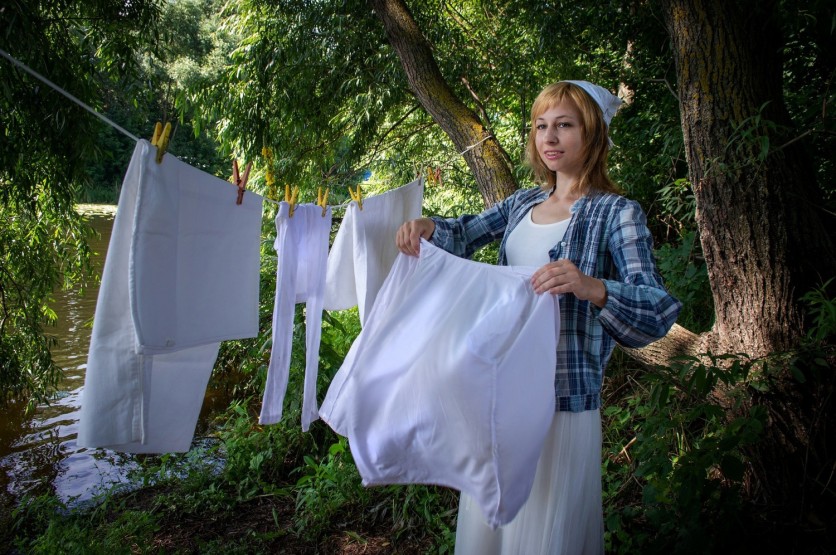The summer heat is on! Thus, staying cool has become a top priority. The fabric of your clothing can significantly impact how comfortable you feel in the heat.
Sundaresan Jayaraman, a professor at Georgia Tech's School of Materials Science and Engineering, delved into the science of fabrics, offering insights into which materials best combat the summer heat. His expertise sheds light on why some fabrics excel in keeping you cool and comfortable during the hottest months.

Beat the Heat With Linen!
Jayaraman emphasized linen as the premier fabric for managing heat and humidity. He attributed linen's superior performance to its exceptional moisture management capabilities.
Linen's unique fiber structure allows it to absorb moisture quickly and transport it away from the body, thanks to its high moisture regain capacity. This characteristic enables linen to absorb substantial moisture without feeling damp. Linen's moisture vapor transport rate is notably higher than cotton or polyester.
Additionally, linen's rigidity prevents it from clinging to the skin, promoting better air circulation around the body. According to Jayaraman, this helps maintain a cooler, more comfortable feel even on the hottest days.
It's a Cotton Summer
Cotton is also a popular choice for summer attire. Jayaraman noted that cotton excels at absorbing moisture but tends to hold onto it longer than linen, potentially feeling clammy in very hot conditions. The moisture vapor transmission rate of cotton is lower than that of linen, which means it dries more slowly.
The structure of cotton fibers, which are ribbon-like and can trap more water, also influences its performance. According to Jayaraman, Cotton's lower rigidity makes it more likely to cling to the body, making it more suitable for less humid conditions or shorter exposure to heat.
Polyester for the Summer?
Although polyester is not often considered ideal for summer, it can perform well when chemically treated. Technologies such as Dri-FIT enhance its moisture-wicking abilities, making it a favored material for athletic wear.
Jayaraman explained that untreated polyester is ineffective at absorbing moisture, but Dri-FIT polyester feels more comfortable and less clammy during summer activities.
Read Also : US Struck by Record-Breaking 23 Climate Disasters That Cost $1 Billion or More Each, Government Data Shows
How About the Aesthetics of these Fabrics?
The functionality of fabrics is vital, but their aesthetic appeal is equally important in summer clothing choices. Linen tends to wrinkle and may not hang as smoothly as cotton or chemically treated polyester.
Jayaraman observed that linen's inherent stiffness, which helps keep the body cool, also leads to its propensity for wrinkling. Those seeking a polished look may find that linen garments often need ironing before being worn.
Cotton, in contrast, provides a softer drape and a smoother appearance, though it is slightly less effective at cooling. That makes cotton a popular choice for those who balance comfort with aesthetics.
Read also: Summer Travel Scams: McAfee Claims 30% of Adults Fall Victim! Here's How To Outsmart These Scammers


![Apple Watch Series 10 [GPS 42mm]](https://d.techtimes.com/en/full/453899/apple-watch-series-10-gps-42mm.jpg?w=184&h=103&f=9fb3c2ea2db928c663d1d2eadbcb3e52)


